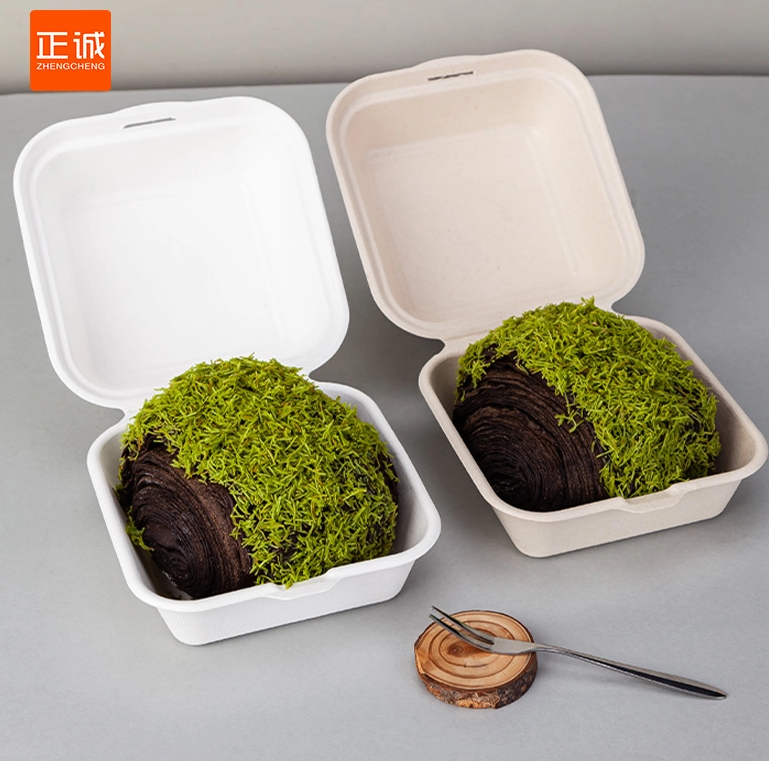In the realm of photography, the quest for bright, vibrant images is a common pursuit among both amateur and professional photographers. Whether you’re capturing a stunning landscape, a lively street scene, or a cherished family moment, the brightness of your pictures can significantly influence their emotional impact and overall aesthetic appeal. In this article, we will delve into advanced techniques and tools that can help you achieve brilliantly bright images, ensuring your photographs stand out in a crowded digital landscape.
Understanding Exposure: The Foundation of Brightness
Before diving into specific techniques, it’s crucial to grasp the concept of exposure, which is the amount of light that reaches your camera sensor. Exposure is determined by three key elements: aperture, shutter speed, and ISO.
- Aperture: The aperture setting controls the size of the lens opening. A wider aperture (lower f-stop number) allows more light to enter the camera, resulting in brighter images. However, it also affects depth of field, so consider the desired focus effect when adjusting this setting.
- Shutter Speed: This refers to the duration the camera’s shutter remains open. A slower shutter speed lets in more light, but it can also lead to motion blur if the subject is moving. For bright images, find a balance that captures the necessary light without sacrificing clarity.
- ISO: Increasing the ISO setting makes the sensor more sensitive to light, which can brighten your images in low-light conditions. However, be cautious, as higher ISO settings can introduce noise, diminishing image quality.
Utilizing Natural Light to Your Advantage
Natural light is one of the most effective tools for brightening your photographs. Here are some strategies to harness it effectively:
- Golden Hour: The hour after sunrise and before sunset offers soft, diffused light that can enhance the brightness and warmth of your images. Plan your shoots around this time for optimal results.
- Reflectors: Using reflectors can redirect natural light onto your subject, effectively brightening areas that may be shadowed. White, silver, or gold reflectors can create different effects, so experiment to find the best fit for your scene.
- Shooting in Open Shade: If you’re shooting outdoors, consider finding open shade. This can help avoid harsh shadows while still providing ample light, resulting in a more evenly lit image.
Post-Processing Techniques for Enhanced Brightness
While capturing bright images in-camera is essential, post-processing can further enhance brightness and overall image quality. Here are some advanced techniques to consider:
- Adjusting Brightness and Contrast: In software like Adobe Lightroom or Photoshop, you can fine-tune brightness levels and contrast. Increasing brightness can help lift shadows, while adjusting contrast can add depth and dimension to your images.
- Curves Adjustment: The Curves tool allows for precise control over tonal ranges. By creating an S-curve, you can brighten highlights while maintaining shadow detail, resulting in a more dynamic image.
- Selective Brightening: Use tools like the Adjustment Brush or Gradient Filter to selectively brighten specific areas of your image. This technique allows you to draw attention to focal points without overexposing the entire photograph.
- Dodge and Burn: This classic technique involves selectively lightening (dodging) and darkening (burning) areas of your image. By carefully applying these adjustments, you can create a more balanced and visually appealing photograph.
Leveraging Advanced Camera Settings
For those looking to push their photography further, consider exploring advanced camera settings and techniques:
- Bracketing: This involves taking multiple shots at different exposure levels. You can later merge these images in post-processing to create a high dynamic range (HDR) image that captures both bright highlights and deep shadows.
- Using Filters: Neutral density (ND) filters can help control exposure in bright conditions, allowing for longer shutter speeds without overexposing the image. This is particularly useful for capturing motion in bright environments, such as waterfalls or waves.
Conclusion: Brightening Your Photography with Expertise
Achieving bright, captivating images is a multifaceted process that combines understanding exposure, utilizing natural light, mastering post-processing techniques, and leveraging advanced camera settings. By applying these expert strategies, you can elevate your photography and create images that not only capture attention but also evoke emotion. Remember, the key to brightening your pictures lies in a harmonious blend of technical knowledge and creative vision. So grab your camera, experiment with these techniques, and watch your images come to life with brilliance.

More Stories
Achieve Healthier, Stronger Hair: The Power of Keratin Purifying Shampoo
Why a Foldable Trolley Cart on Wheels Has Become an Essential Mobility Solution for Daily Utility
How an Integrated Supply Chain Lowers Costs for High-Quality Indoor Volleyball Training Nets